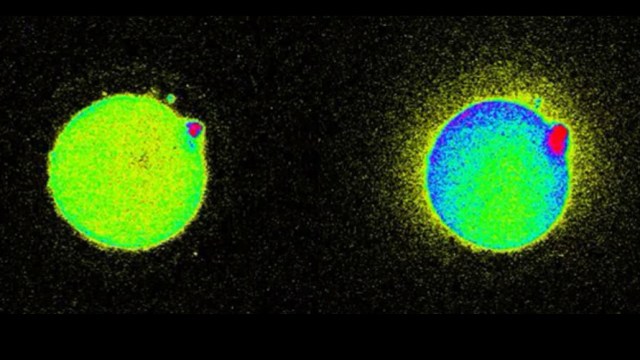The most important lessons from beyond this world

Earth day may have been last week, but the lessons we learned about Earth from space are with us always.
“We are not learning to view ourselves as an advanced, evolving civilization. That is what we really must learn to do, in due course, if we were to survive. All of that will take place, in due course, and we will be able to explore solar system. We will be able to go beyond it, provided we get our act together and learn to live as a civilization.” –Edgar Mitchell
For billions of years on Earth, the only interaction life on this world had with anything beyond our planet was from the occasional glimpses of faint lights in the night sky. Point-like stars, planets, a few cloudy, fuzzy nebulae and the rare sight of a comet were all that were ever visible.

As spectacular as these sights were, however, it doesn’t tell us very much about how special our own world is. At least, not until we looked a little deeper. Which thankfully, with the combination of human ambition, ingenuity, technology and collaboration, we’ve been able to do. As it turned out, most of the worlds in our Solar System were vile places, catastrophically inhospitable to species like our own.
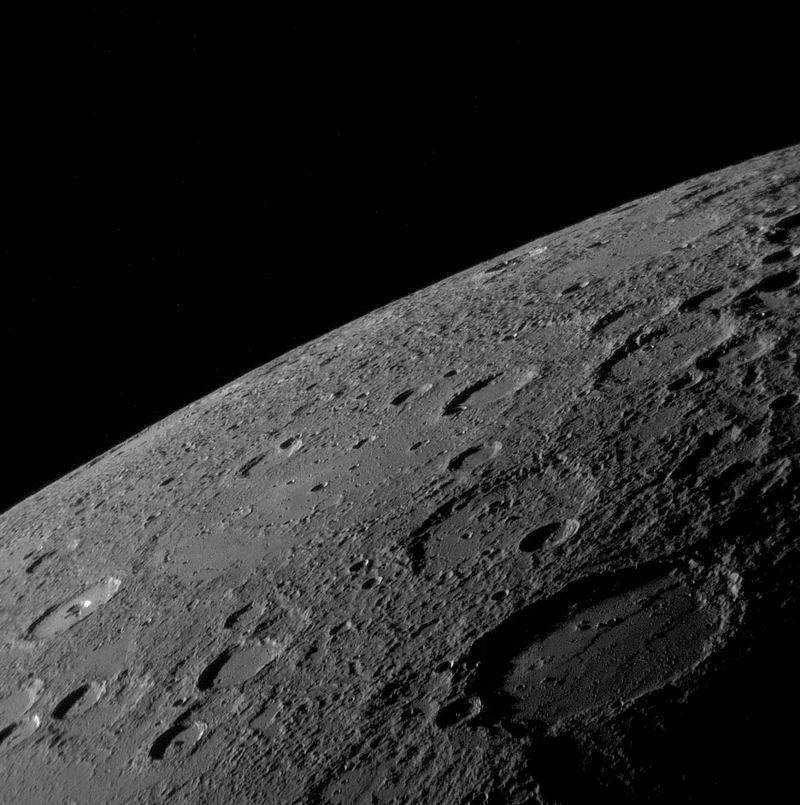
Airless Mercury reaches scorching temperatures that would melt lead during the days and cools to temperatures low enough to freeze carbon dioxide into dry ice during the night, a woefully catastrophic combination to life.
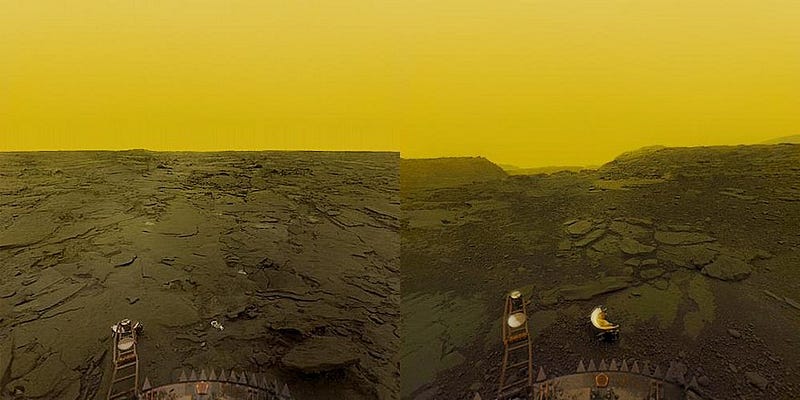
The situation on Venus is even worse; its atmosphere of ninety times the pressure on Earth and constant layers of sulfuric acid clouds have turned this world so hot it exceeds even the hottest temperatures on Mercury all day and all night every day of the year. Of the numerous Soviet spacecraft we landed on the surface, the longest-lasting was Venera 13, which operated for 127 minutes before melting.

Mars is more of a cold, desert world than anything else we’ve discovered. With its thin atmosphere and at its great distance from the Sun, water on this world’s surface appears to always be frozen ice or in the form of atmospheric vapor. While the conditions for life may have been promising billions of years ago, Mars’ failure to hold onto its atmosphere has rendered this world — to the best of our knowledge for now — barren and lifeless.
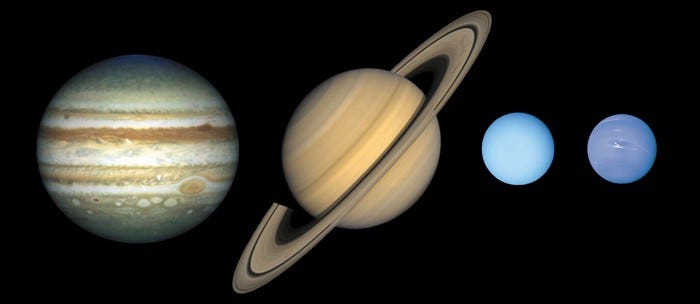
Farther out, the giant worlds of our Solar System consist of enormous envelopes of hydrogen and helium, where any complex molecules that would exist in great abundance would have to be down at such a depth that it would be like having a thousand miles of ocean above them. These worlds may be absolutely glorious to look at, and likely have huge, massive rocky cores many times the size of our own planet, but at this point in time there’s no known way for humans — or any forms of life on Earth — to potentially inhabit them.
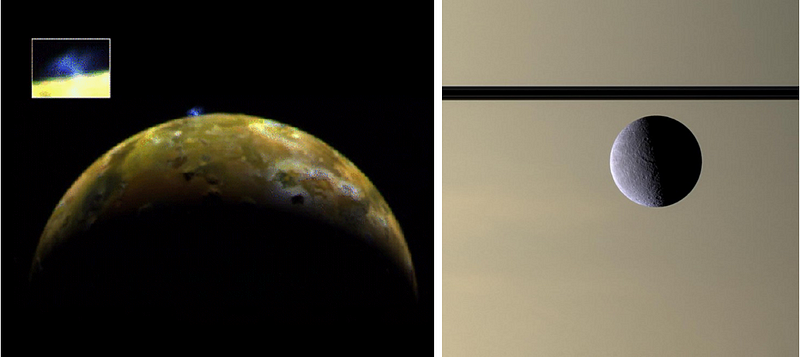
Some of the giant moons around these gas giants are more promising, however, something we had no way of knowing until we visited them. While many of the smaller moons have virtually no atmospheres (like Rhea, above right), or the innermost moons have catastrophic tidal forces that rip the world apart and coat the surface in fresh, molten lava (like Io, above left), there are some worlds that are promising for not quite life like us on the surface, but perhaps life of some type there.
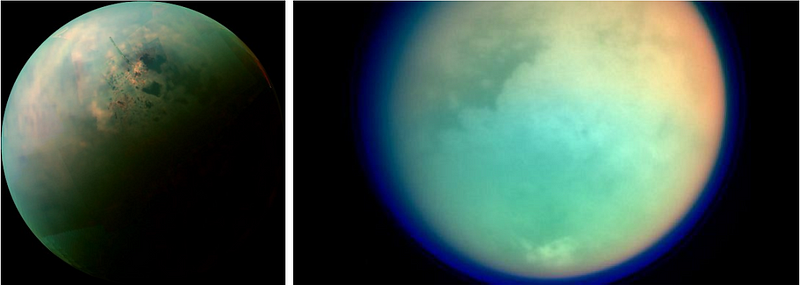
Titan, the giant moon of Saturn, has the thickest atmosphere of any moon known thus far, with an atmospheric pressure at its surface even greater than we have on Earth, and the only other world with stable liquid fluids flowing on its surface. Due to the much cooler temperatures so distant from the Sun, and the small amounts of heat generated both by Saturn and by internal forces acting on Titan, all water on that world is frozen solid. But the pressure and temperature conditions are just right for liquid methane on the surface. Although it would be inhospitable to Earth-based life (we think) of all types, our way may not be the only way.
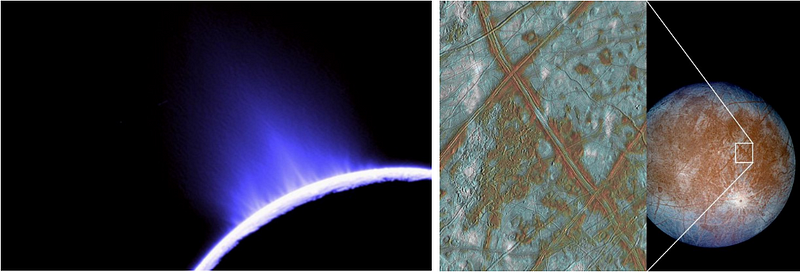
In addition to Titan, there are at least two icy worlds — Jupiter’s moon Europa (above, right) and Saturn’s Enceladus (above, left) — that have so much water on them that beneath the thick layers of surface ice, under all that pressure, there are liquid oceans of water beneath them. Europa’s icy surface exhibits motion relative to the core beneath and even shows analogous plate tectonics to what we find on Earth, while Enceladus’ ocean is so tumultuous, likely due to Saturn’s tidal forces, that geyser-like structure erupt hundreds of kilometers off of the moon’s surface.
There is certainly liquid water under there, and due to tidal heating at the ocean floor, it’s possible we have the same conditions for life that we find at the deep-sea hydrothermal vents on the floors of Earth’s oceans.
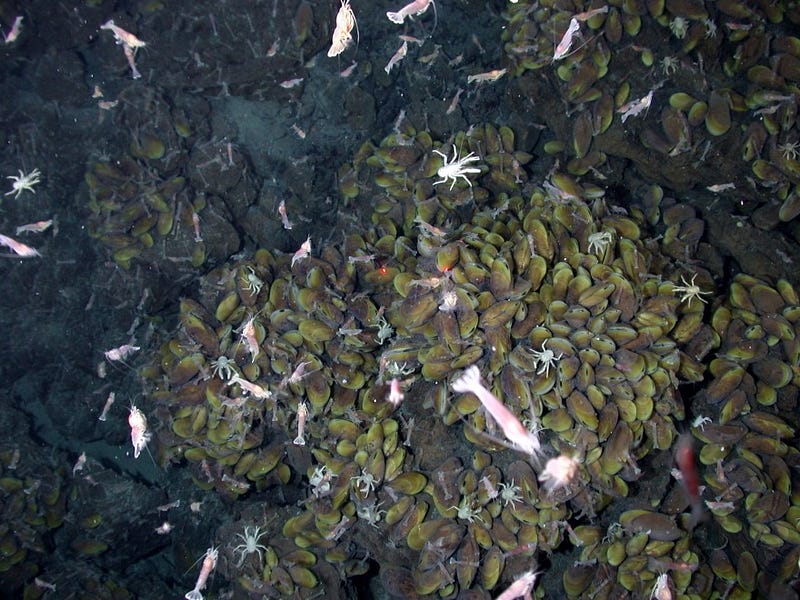
And we can go even farther than the Solar System when it comes to learning what a vast Universe is out there, and what the possibilities for life, or even for Earth-like life, might be. We’ve not only identified planets around other stars, but we’ve identified:
- Rocky planets of comparable mass, size and density to Earth around them.
- Planets in the habitable zone, or at the right distance from their star to have oceans of liquid water on their surface.
- And planets whose atmospheres we can measure spectroscopically, and identify what the molecular constituents of their atmospheres are.
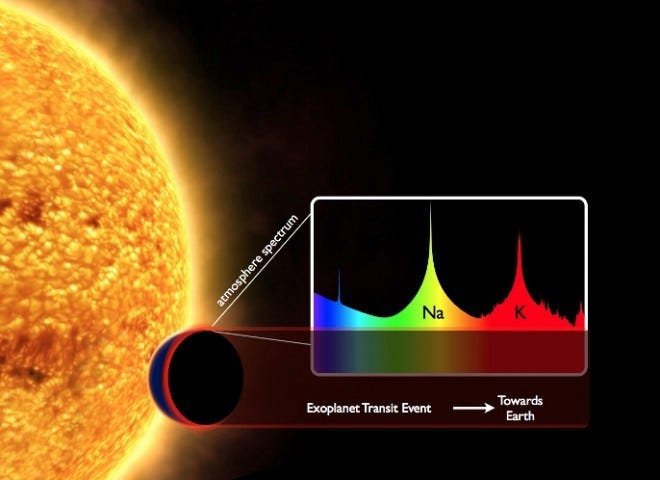
The overall goal, of course, is to get a planet with all three conditions, and to find one with the biomarkers that leave us with no doubt that there is life on it. So far, we can get the first two together, but we can only measure the atmospheres of planets down to about Neptune-sized. It will take significant advances in telescope technology — such as the development and deployment of a starshade or, alternatively, a 10-meter class space telescope — to get down to Earth-sized atmospheres.
But why stop at our own galaxy? After all, the Hubble Space Telescope has shown us that no matter what we find here, in our own galaxy — life, life like us, intelligent life, etc. — there are literally hundreds of billions of other galaxies out there, each with billions of chances with its own for life.

Back in the 1990s, one of the bravest things we ever chose to do was to take the Hubble Space Telescope and point it at a patch of sky that contained…nothing. No galaxies, no nebulae, and no stars that were visible to even powerful ground-based telescopes.
We took 342 pictures of this exact same region: the equivalent of about ten days worth of continuous exposure. It might have been the most colossal waste of Hubble Space Telescope time ever undertaken, had it not found anything. After all, we had never done this before. We use telescopes to look at what’s out there, not to look for what might be there. But for the first time, this was what we did. And with Hubble’s Wide Field Planetary Camera 2 (WFPC2), here’s what we saw.

Sure, there were about five or six faint stars within our Milky Way, but beyond that? Thousands of galaxies: about 3,000, to be exact, in this tiny, tiny region of space. Since that first discovery, we’ve re-attacked this same problem with deeper and deeper views, using more advanced camera technology (and greater observing times) to take advantage of every single photon on its way. And with that, we’ve finally learned — and this is still a lower limit — that there are at least some 200 billion galaxies in our observable Universe.
And yet, after all of that, after all of learning what’s out there, on other worlds within our Solar System, on possible Earth-like worlds around other stars, and about all the galaxies and chances for life out there in the Universe, we have all this potential for discovery.
But still, after all of it, only one Earth.
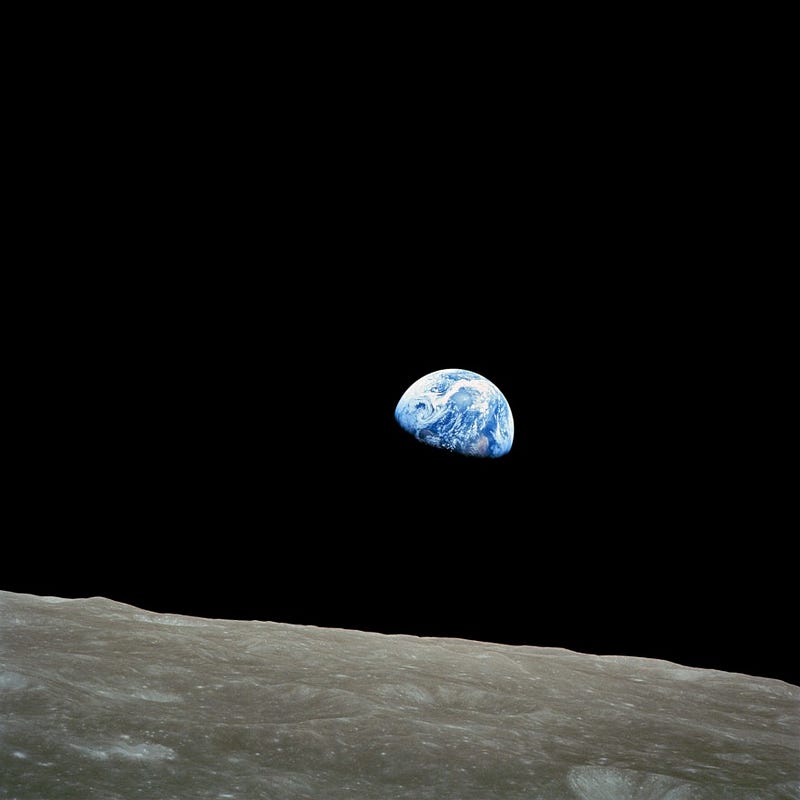
This photo — the famed Earthrise photo — was the first time the full disc of the Earth was seen by human eyes, rising over another body’s horizon. It inspired astronaut Bill Anders’ famous quote,
We came all this way to explore the Moon, and the most important thing is that we discovered the Earth.
and is evocative of what every astronaut describes upon leaving Earth and seeing the world below. His fellow crewmember, Apollo 8 astronaut Frank Borman, said this:
When you’re finally up at the moon looking back on earth, all those differences and nationalistic traits are pretty well going to blend, and you’re going to get a concept that maybe this really is one world and why the hell can’t we learn to live together like decent people.
Other astronauts who’ve seen our tiny, blue world from space have expressed similar sentiments, like Apollo 11 astronaut Michael Collins:
Oddly enough the overriding sensation I got looking at the earth was, my god that little thing is so fragile out there.
Or Apollo 9 and 15 astronaut Dave Scott:
It truly is an oasis — and we don’t take very good care of it. I think the elevation of that awareness is a real contribution to saving the Earth.
Or, with a little more color and gusto, Apollo 14 astronaut Edgar Mitchell:
You develop an instant global consciousness, a people orientation, an intense dissatisfaction with the state of the world, and a compulsion to do something about it. From out there on the moon, international politics look so petty. You want to grab a politician by the scruff of the neck and drag him a quarter of a million miles out and say, “Look at that, you son of a bitch.”
But perhaps the best one out there of all comes from Apollo 7 astronaut Wally Schirra, who summed up his space travels as follows:
I left Earth three times and found no other place to go. Please take care of Spaceship Earth.
So as we look to the future, as we look out in the Universe, and as we increase our knowledge and understanding of all there is, remember how fragile and tenuous our existence is. Remember that it took billions of years to give rise to humanity, that we’ve only existed for a little over 100,000 of them, and that if we’re not careful, we could wipe ourselves off of this pale blue world in a matter of hundreds.
Last week marked the 46th Earth Day, but this is our world to steward and guide each and every day. Yes, it will still keep spinning, orbiting and doing all that worlds in our Universe do, whether it’s with or without us, but it’s up to us to determine our own futures. Let’s make it the best one we can, and let’s do it all together.
This post first appeared at Forbes. Leave your comments on our forum, check out our first book: Beyond The Galaxy, and support our Patreon campaign!





